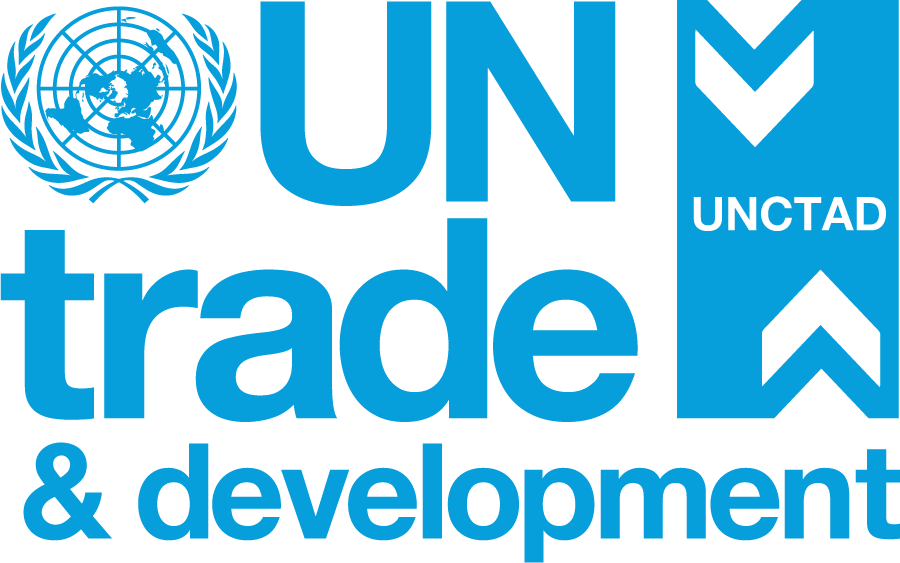Multi-year expert meeting on commodities and development, fourteenth session
Excellencies,
Distinguished delegates,
Ladies and gentlemen,
The multiple crises of this time have put once again the spotlight on commodity prices.
Many commodity prices increased in 2022 before easing again in 2023. For instance, the UNCTAD free market commodity price index for all commodity groups declined by 33 per cent between August 2022 and March 2023.
Food and energy price increases have been particularly worrisome as they affect the most vulernable the most. Between January and May 2022, wheat prices went up by 40 per cent, and Brent crude oil prices by 30 per cent.
While food prices have gradually declined since May 2022, they remain high with respect to the pre-COVID-19 period. In the first quarter of 2023, the wheat price averaged 380 US dollars per metric ton, that is 70 per cent more than before the COVID pandemic. For many developing countries, this further complicates their debt problems. And as debt soars, development is slowed down.
But despite the recent decline of many commodity prices, the core problem remains: Price volatility.
Commodity prices react to geopolitical tensions, fears of global economic recessions, development in major economies, or shifts in monetary policy. Strong price fluctuations lead to unstable export and fiscal revenues of exporting countries, making budgeting and long-term development planning difficult, particularly in Commodity-Dependent Countries.
The core recipe to deal with the problem has been to foster economic and export diversification. While this remains central in development policy of commodity dependent developing countries, now, they also have to be prepared for climate change and the energy transition.
Fact is that many of these countries are challenged on many fronts. For instance, of the 32 countries with the lowest Human Development Index scores, 29 are commodity-dependent, and the 25 most vulnerable to climate change are all commodity-dependent.
To successfully diversify in the context of climate change, developing countries need to make growth less carbon-intensive without compromising their economic development. And they need to also ensure that benefits are shared, such as providing access to reliable energy.
The challenge is that economic diversification has historically relied on fossil fuels. From 1995 to 2019, on average, diversification of one new export was associated with adding 3.1 tons of CO2 equivalent of greenhouse gas in the atmosphere.
The experiences of industrialized countries also show that their pathways to less carbon intensity have varied and depended on country circumstances.
For example, France, Germany and the United Kingdom decoupled their growth from emissions in the 1950s, well into their industrialization process, while the United States decoupled in the 1990s.
Looking ahead, green industrial policies will be central to strategies to reconfigure economic structures for a low-carbon future.
And there are opportunities: Countries can leverage untapped potential in renewable energy sources like solar and wind to explore new energy markets and green products.
Developing countries should use the current scramble for critical minerals as an opportunity to use their natural resources to build more resilient economies. This means that in mining critical minerals for the clean energy transition, trade should be linked with local value addition.
The path to inclusive and greener diversification demands strong political commitment - from both developing countries and their development partners.
Ladies and gentlemen,
UNCTAD has more than 50 years of work on Commodities and Development.
During this time, the debates around commodities have not changed. Price volatility, unfair competition, barriers to market access, difficulties for export diversification and value addition persist as the main issues dominating the commodity debate today. However, the context and perceptions around them have taken on new dimensions.
I invite you to help us frame these issues in light of recent developments and find ways to better support countries in their efforts to reduce commodity dependence by diversifying their economies.
I thank you for your attention.


